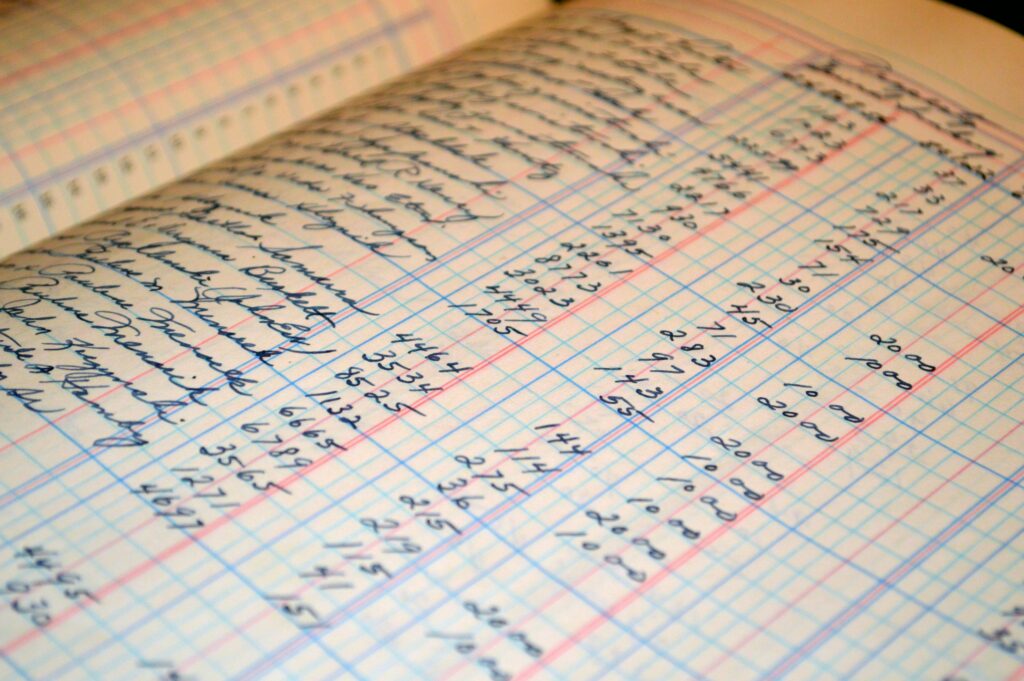To be honest, budgeting isn’t something that excites me. I don’t enjoy it at all—it feels like a chore, and I’m not a fan of all the nitty-gritty calculations. But despite my reluctance, I’ve pushed through because I know how crucial it is for my financial future.
I want to save, stay debt-free, and avoid worrying about money down the line.
After exploring every budgeting method I could find online—from spreadsheets to apps to the traditional envelope system—I realized none worked perfectly for me. Some were too restrictive, others too time-consuming.
I needed an effective yet simple system to keep me engaged. So, I created my version, a spin-off of the envelope system: the Laid-back Budget.
So..What exactly is Laid-back Budget?
This method is easy to set up and stick to, but it works best if your lifestyle is somewhat predictable. You’ll need to limit spending to essentials and reduce non-essential purchases, like random entertainment and spur-of-the-moment shopping trips.
You’re not living like a monk, but you are adopting a frugal or minimalist mindset. The goal is to simplify your spending, avoiding temptations that don’t add long-term value to your life.
If you love spontaneous shopping sprees, traveling on a whim, or dining out regularly, this method might not be for you. But if you’re looking for an easy-to-manage, no-fuss budget that helps you focus on what’s important, the Laid-back Budget could be a great fit!
How to Set Up the Laid-back Budget
Setting up this budget is straightforward. Here’s how to do it:
Track Your Spending
First, get a clear picture of your spending habits. Ideally, track your expenses for a month for accuracy. If that feels overwhelming, look at your spending from last week and multiply it by four for a rough estimate of monthly expenses. It’s not as precise, but it’s a good starting point.
Once you have an overview, categorize your expenses. Keep your categories broad and simple—don’t overcomplicate things. Here’s what my categories typically look like:
- Groceries
- Transportation
- Personal Care
- Entertainment
- Household Items
- Rent
Prioritize Your Essentials
Next, focus on the essentials—regular spending like groceries and transportation. Calculate how much you’ll need for these categories weekly, and withdraw that amount at the start of each week. By working with cash, you’ll have a set limit, making it easier to control spending.
For less frequent expenses—like rent, personal care, or household items—there’s no need to withdraw money weekly. Simply withdraw the necessary amount when those costs arise, like rent at the start of the month or household supplies every few months.
This keeps your weekly management simple, focusing only on day-to-day essentials while handling larger, irregular costs as needed.
Prioritize Your Essentials
Once you’ve withdrawn your weekly budget for essentials, that’s your spending limit—no topping up with a card or making extra trips to the ATM.
Manage your spending within that amount for the week, and if you end with leftover cash, consider it a bonus. You can save it, roll it over into next week, or treat yourself to something small.
This cash-based approach keeps you on track and gives you a clear sense of your spending. It’s a simple, effective way to manage your money and avoid overspending.
Tips to Stay on Track
Start with a Cushion
When you first start using the Laid-back Budget, I recommend withdrawing a little extra—aim for around 10% more than what you think you’ll need.
This buffer helps cover small, unexpected expenses and prevents feelings of failure if you overspend during your initial weeks. Over time, you’ll get more comfortable with your exact needs, adjusting your withdrawal accordingly.
This extra cushion eases you into the budgeting process without discouragement, and feeling accomplished at the start is key to sticking with it long-term!
Embrace Simplicity
The idea behind this budget is to live predictably. Keep your spending focused on essentials while trimming the extras. Learn to enjoy the simpler things—cooking at home, finding free or low-cost entertainment, and being mindful of purchases.
This way, budgeting becomes easier to manage. It’s not about depriving yourself; it’s about being intentional with your money and saving for what truly matters to you.
Use Leftover Money Wisely
When you find yourself with extra money at the end of the week, decide how to use it. Saving is a great option, especially for building an emergency fund or reaching financial goals.
But don’t hesitate to treat yourself occasionally. Balance is key; you don’t want to splurge all the time, but a small reward here and there can make budgeting feel less restrictive and more enjoyable.
Final Thoughts
The beauty of the Laid-back Budget is its flexibility. You won’t be overwhelmed with rules or rigid structures. There’s no need to stress over every penny or track every little purchase. By starting small, using a cushion, and staying consistent, you’ll maintain control over your finances in a natural, easy way.
It may not make you a millionaire overnight, but it will provide peace of mind and a sense of accomplishment. Before long, you’ll notice your savings grow, and you’ll feel empowered knowing you’ve taken control of your financial future without all the hassle.



